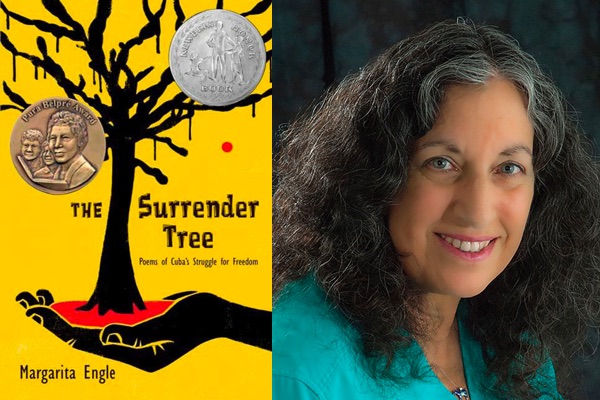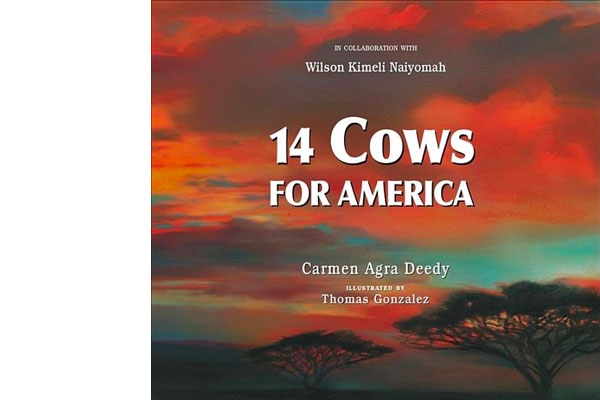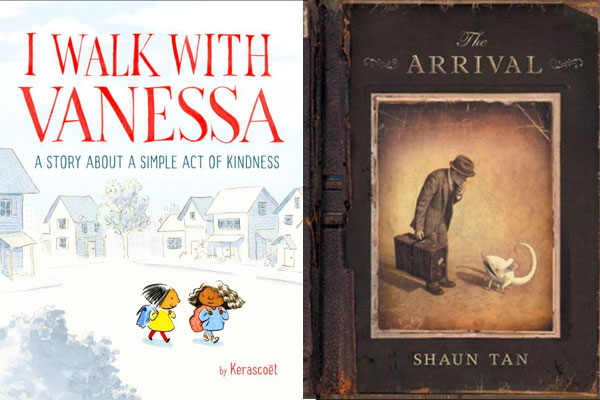English Language Learners (ELL) Standards Support
Inspired by the Teaching English to Speakers of Other Languages International Association1, the reference points that are bolded below can enhance your English Language Learner instruction.
Share authentic author and illustrator experiences, allowing students to see themselves in professionals' accounts.
Listen as Rukhsana Khan shares the inspiration and cultural influence in this Meet-the-Author Recording for King for a Day.
Reflect on opportunities to "...handle words and images in an interesting way" by reading this In-depth Written Interview with Gary Soto.
Consider this Meet-the-Author Recording with Yuyi Morales about her book, Dreamers, where she shares the range of emotions she felt as a new mother coming to America from Mexico.
Use Tim Tingle’s Meet-the-Author Recording for Crossing Bok Chitto to begin conversations about the boundaries of race.


Build background knowledge and preteach using author movies and book readings.
Build listening skills and provide insight into the complexity of Rosa la Bayamesa's and Cuba's struggle through a decades-long war by sharing Margarita Engle's Meet-the-Author Recording.
Listen to this audiobook excerpt for Save Me a Seat by Gita Varadarajan and reflect on Ravi’s school experiences in India and America.
Consider the effect of stereotypes with Jasmine Warga as she reveals her inspiration for Other Words for Home in this Meet-the-Author Recording.
Build an appreciation for beliefs and traditions from different cultures with this Meet-the-Author Recording for Alma and How She Got Her Name by Juana Martinez-Neal.
Create a language-rich environment using paired texts to provide additional context for new information.
Extend understanding and provide perspective and information with Meet-the-Author Recordings like:
- Home of the Brave by Katherine Applegate
- 14 Cows for America by Carmen Agra Deedy, Thomas Gonzalez, and Wilson Kimeli Naiyomah
Use related editions of a title like Esperanza Rising to naturally practice and hear the rhythm and sound of the text.
Locate reader’s theater scripts to build background knowledge and practice fluency.
Dive into the World Language Resource page to provide resources in multiple languages.


Develop vocabulary and teach academic language with resources for the books you teach.
Integrate ready-to-use vocabulary lists that include definitions, model sentences from the book, and audio pronunciations to scaffold instructional support.
Use Meet-the-Author Recordings so readers can hear and make sense of the words they see in print.
Explore stories without words to develop vocabulary and oral language skills.
Use concept books like You Are (Not) Small to introduce new vocabulary surrounding specific topics.
1. Referenced from "TESOL Pre-K-12 English Language Proficiency Standards Framework." Teaching English to Speakers of Other Languages, http://www.tesol.org/docs/books/bk_prek-12elpstandards_framework_318.pdf?sfvrsn=2.

